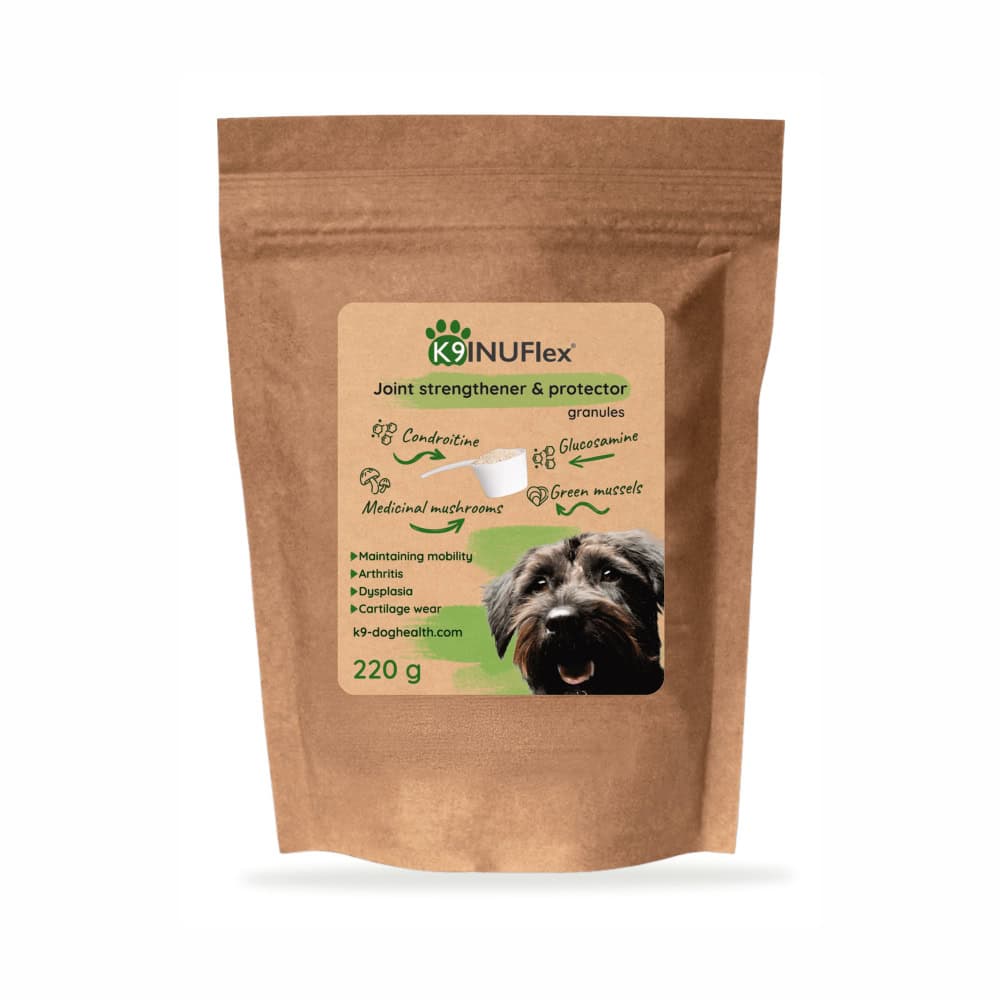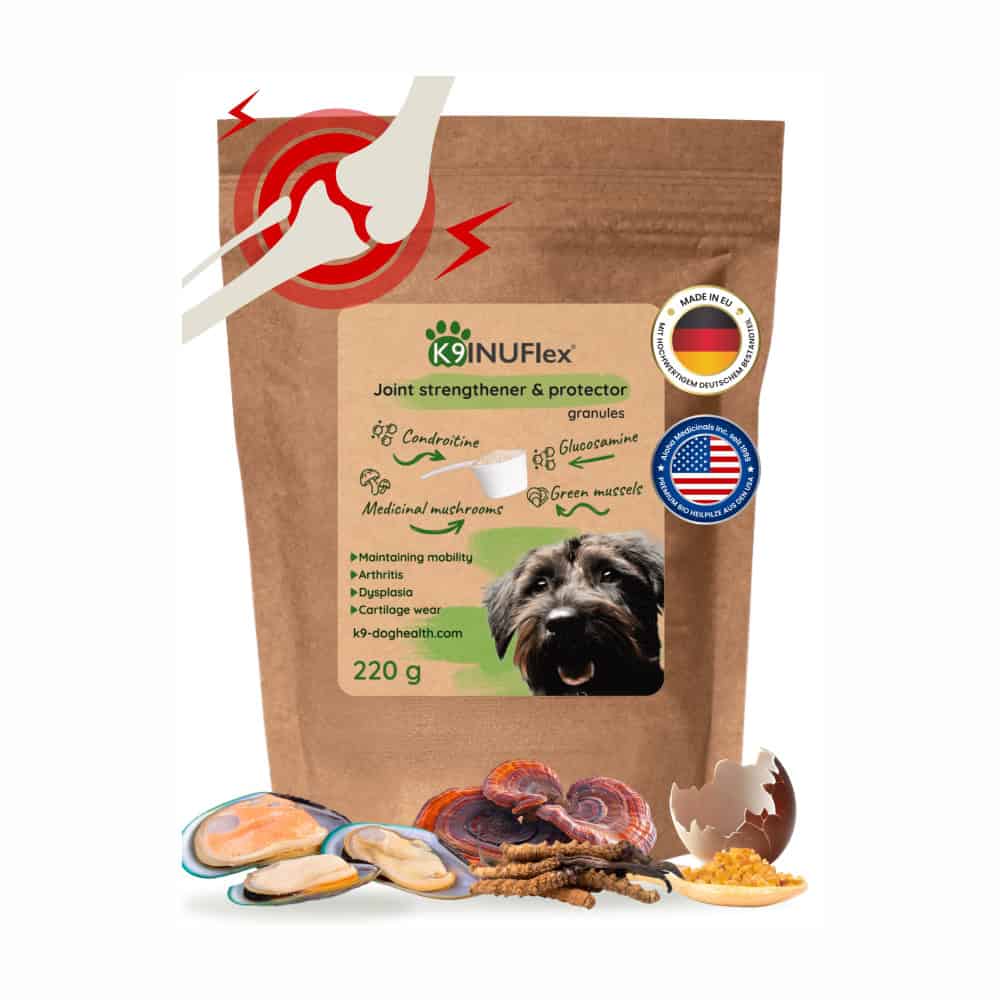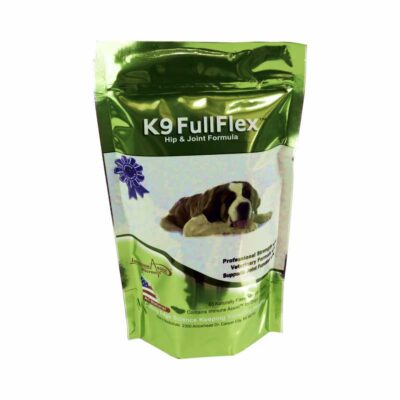The extent of the development of dysplasia and the resulting clinical symptoms can be significantly reduced. The solution lies in proper feeding.

Incorrect feeding can contribute to the development of dysplasia and worsen an existing condition, but it is never the sole cause of the disease.
Proper Feeding
The two most significant feeding errors are protein and calcium overfeeding.
Feeding a higher proportion of both protein and calcium than the recommended amount, i.e., higher than the quantity present in high-quality food, leads to excessively rapid, premature growth of long tubular bones. The soft tissue components of the joints and the development of muscles cannot keep up with the excessive bone growth. Consequently, loose joint formation, muscle deficits, and movement disorders may occur, providing an ideal basis for the development and deterioration of the disease. Calcium and protein overfeeding can also fundamentally contribute to the development of other musculoskeletal diseases such as periostitis, joint cartilage separations (OCD), elbow dysplasia, etc.
Dietary adjuvants
- To avoid protein overdose, only feed your dog the amount of food specified on the packaging of dog food during the growth stage. If the dog eats anything else besides this, the additional food should be relatively low in protein (meat), and the little protein (meat) it contains should be of good quality, such as lean meat. Any excess food should be rich in fiber (vegetable fibers, rice, vegetables).
- To avoid calcium overdose, feed only complete dog food or follow a carefully balanced plan. Complete dog foods already contain high levels of bone-strengthening agents, so there’s no need to add extra supplements. If you use mixed, home-cooked, or non-complete meals, choose calcium supplements carefully. Always buy registered products from veterinarians or pet stores. Never give your dog human calcium tablets sold in regular pharmacies. These products have the wrong calcium-phosphorus ratio for dogs and can do more harm than good. Use bone-strengthening tablets only as part of a defined course, not on a continuous basis. Daily long-term use can lead to calcium overdose. Always start with the lower dosage recommended on the product label and consult your vet if unsure.
It is important to note that the above applies only to genuinely high-quality, complete dog foods!
Supplements for Proper Feeding
To support the healthy development of joint cartilage, use two effective substances available on the veterinary market: glucosamine and chondroitin sulfate. These compounds help protect the joints and slow down cartilage breakdown. Give them regularly and follow your veterinarian’s dosage recommendations. When used consistently, they reduce the effects of osteoarthritis in aging or active dogs.
- Glucosamine is present in numerous animal medicines and dietary supplements. These products are generally distinguished by the concentration of glucosamine contained in them and their absorption.
- Chondroitin sulfate is present in only a few veterinary preparations.
These cartilage-building substances, once incorporated into the joint cartilage, enhance its resistance and improve its regenerative ability. Ideally, when using these products, do not use similar human preparations with the same active ingredients, as their absorption and effectiveness in dogs are not precisely known.
For more feeding advice, read our article Feeding a Dog with Cancer, or learn about Dog Sports.





